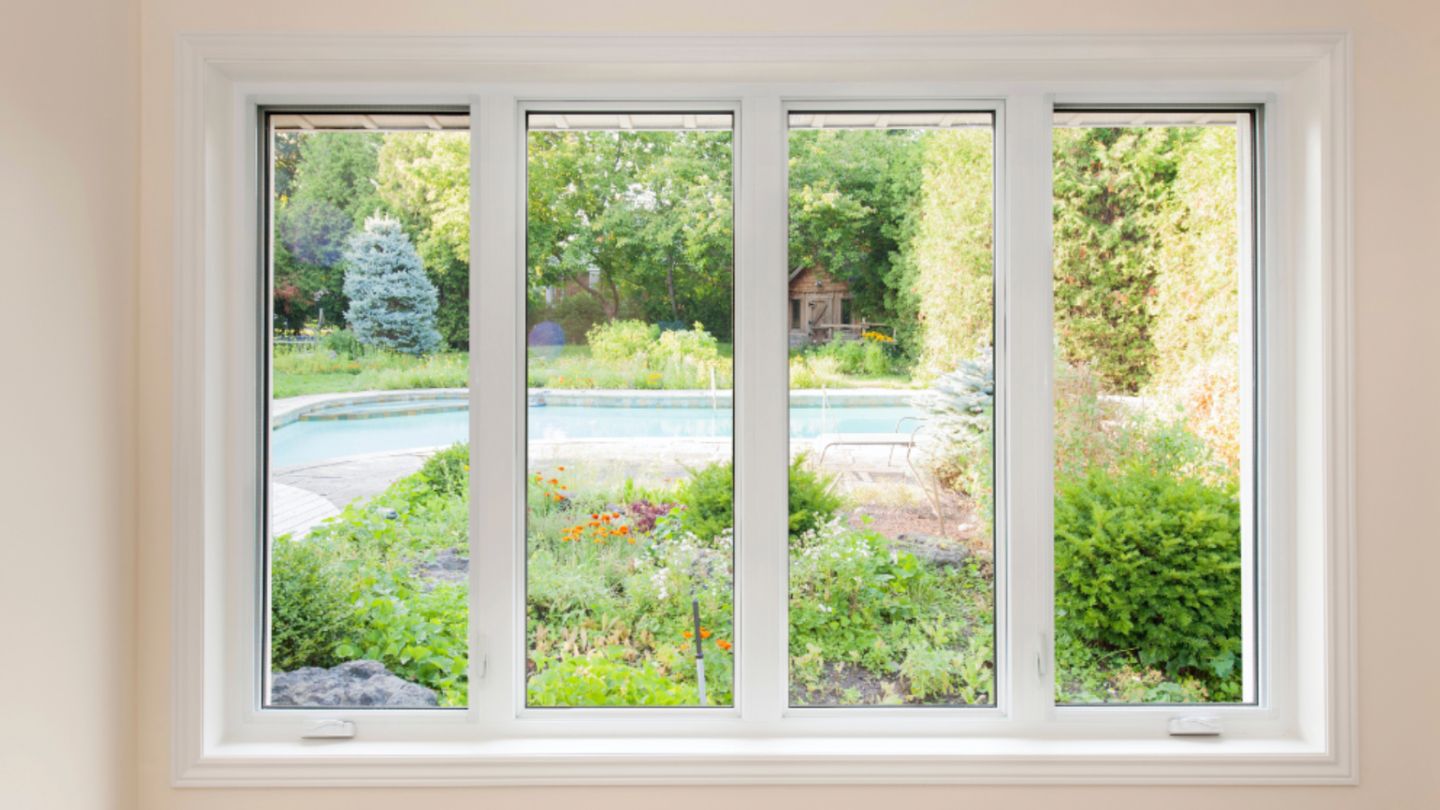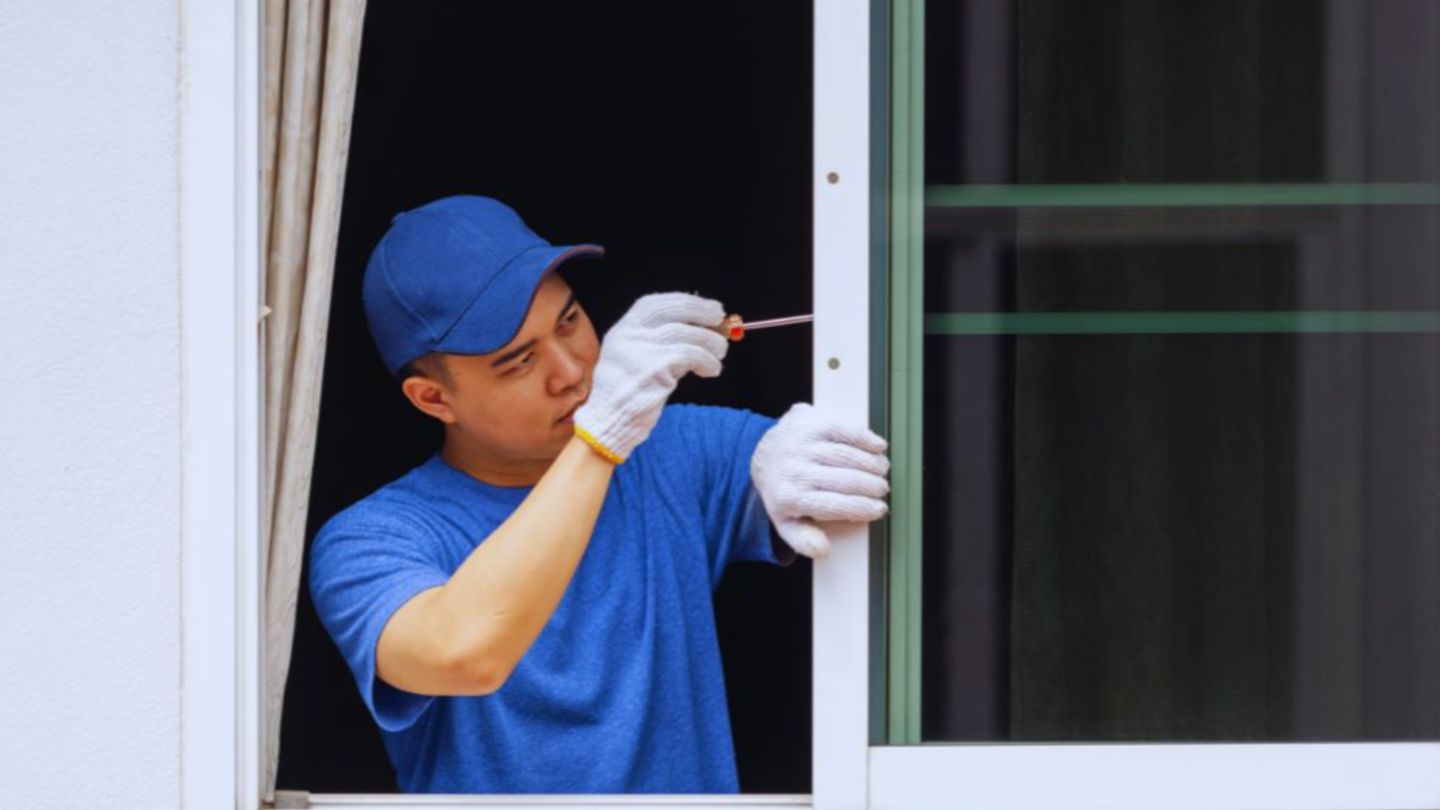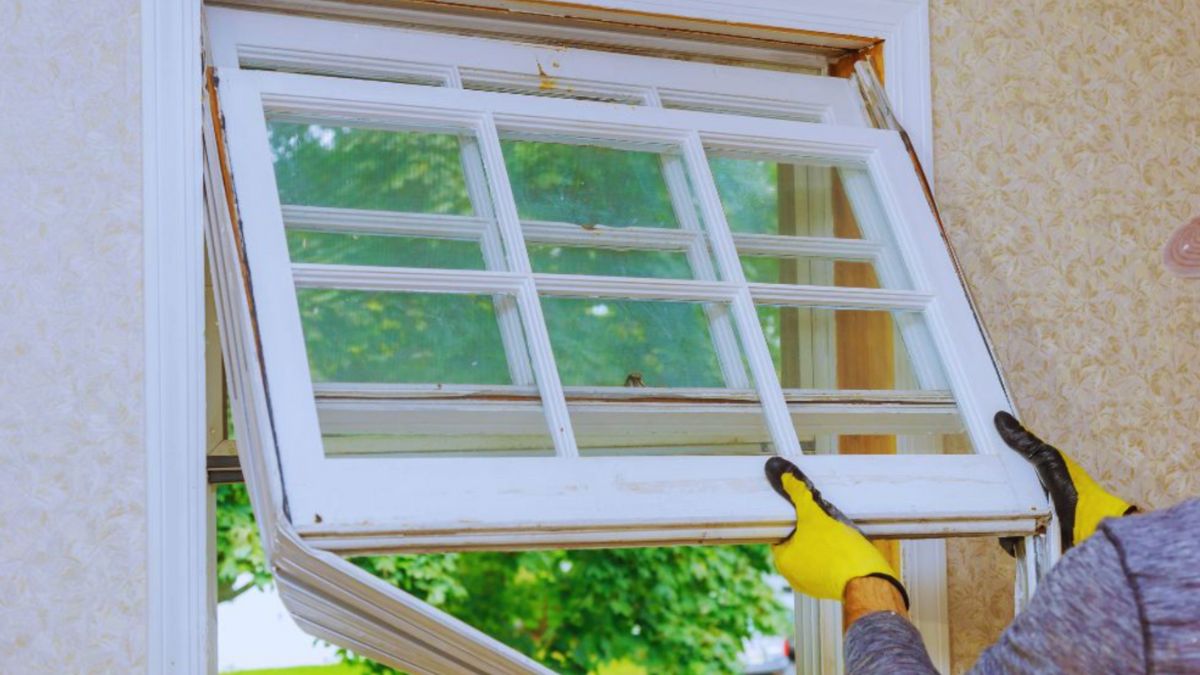Don’t Buy New Drafty Replacement Windows
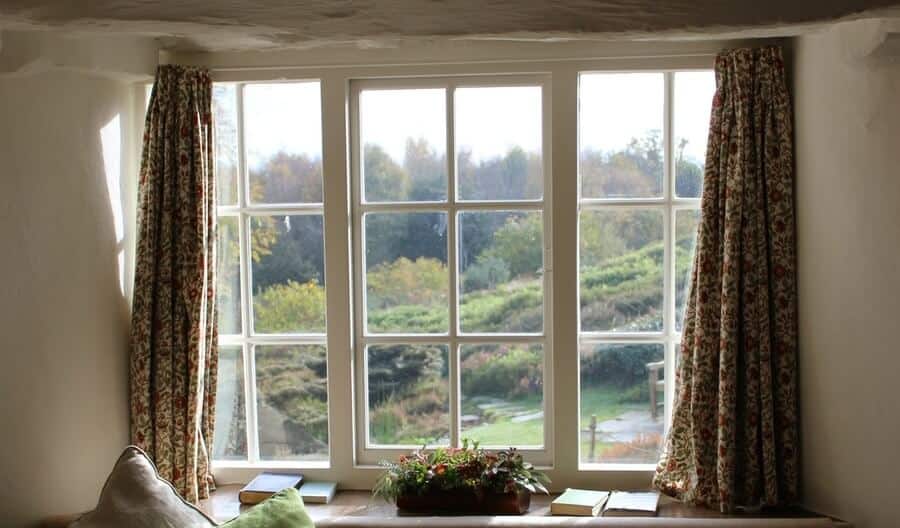
One of the “dirtiest little secrets” about buying new replacement windows is understanding how drafty replacement windows can be. As a matter of fact, in some cases brand new replacement windows can be just as drafty as the old ones that you are replacing.
Previously, we discussed a couple of ways that you can look at someone’s sample window and determine whether or not their new window would be drafty.
One of the criteria that we mentioned was the NFRC sticker. The NFRC is the National Fenestration Ratings Council; a great place for educating yourself about windows, entry doors, and skylights (“fenestrations”). It’s also protection…protection from unscrupulous contractors that may say anything to get you to buy their product.
You see, member manufacturers are required to get all variations of their products tested by the NFRC for certain criteria. The results are reported on a sticker that must be affixed to every window delivered to your home for installation.
While by no means all the criteria that you should use to determine the best product for your Charleston, Savannah or Hilton Head area home, these numbers do provide a way to objectively compare the performance of different products.
The one that previously has been the most overlooked is the fourth block, or Air Leakage number. Technically, this is a measurement of how much air passes through the window assembly over a period of time. Obviously, a drafty window is a problem, and the number one reason that Low Country homeowner’s replace their old, inefficient windows.
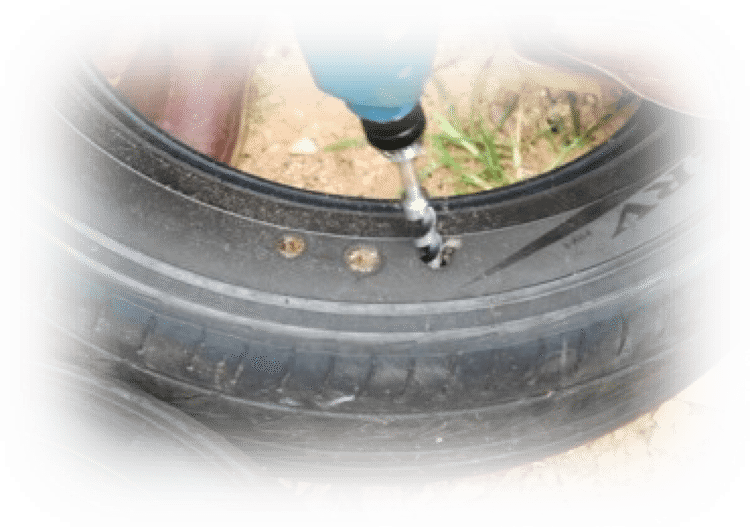
Practically, the way to look at this is to think of an analogy about a tire with three holes in it. If you stop at the tire store and they can only plug two of the holes, what have you you got? That’s right….a flat tire!
That’s what makes this, in our opinion, maybe the most important performance number of all. You see, this number has nothing to do with how well the glass or the frame performs at all.
The other criteria that we had previously mentioned was the concept of sash slop, in other words, sash movement when the window is in the locked position. According to the Department of Energy, even as little as 1/16” movement creates a gap that’s the equivalent of removing a brick from the side of your home.
Therein lies that “dirty little secret…”Even if you purchased the window with the best glass and the best frame, but still were missing one or two bricks out of the walls of each of your rooms, what kind of return on your investment in new replacement windows do you think you’d get, no matter what you paid for them?
The thing that made it a bit easier to evaluate the air leakage of each product was the NFRC rule that allowed each manufacturer to choose whether or not to publish their Air Leakage number on the sticker that was placed on each window. Most homeowners figured out that the only reason that a manufacturer would choose NOT to publish there was if it wan’t a great number.
Beginning this year, that has all changed. Next time, we’ll talk about those changes and how those changes affect your ability to understand which new replacement windows are the best from an efficiency standpoint.
32 Malphrus Rd, Unit 117, Bluffton SC 29910
Have you ever thought, “Anything is better than what I have” when shopping for new replacement windows? You’re not alone—and there’s no shame in that. …
Financing a window replacement helps homeowners manage the high costs of upgrading multiple outdated or damaged windows. These upgrades can improve energy efficiency, boost curb …
Wondering when it's time to replace your windows? Many homeowners face this decision, especially when noticing drafts, higher energy bills, or foggy glass. Aging or …

Richard Barron, owner of HHI Windows and Doors, moved to Hilton Head in 2022, but his ties to the Lowcountry go back over 40 years to his first family vacation in 1982.
Before launching his business, Richard spent over 30 years in college athletics, serving as a Division 1 head basketball coach at Princeton, Baylor, NC State, and Maine. He graduated cum laude from Kenyon College, where he played basketball and baseball while earning a degree in Biology.


